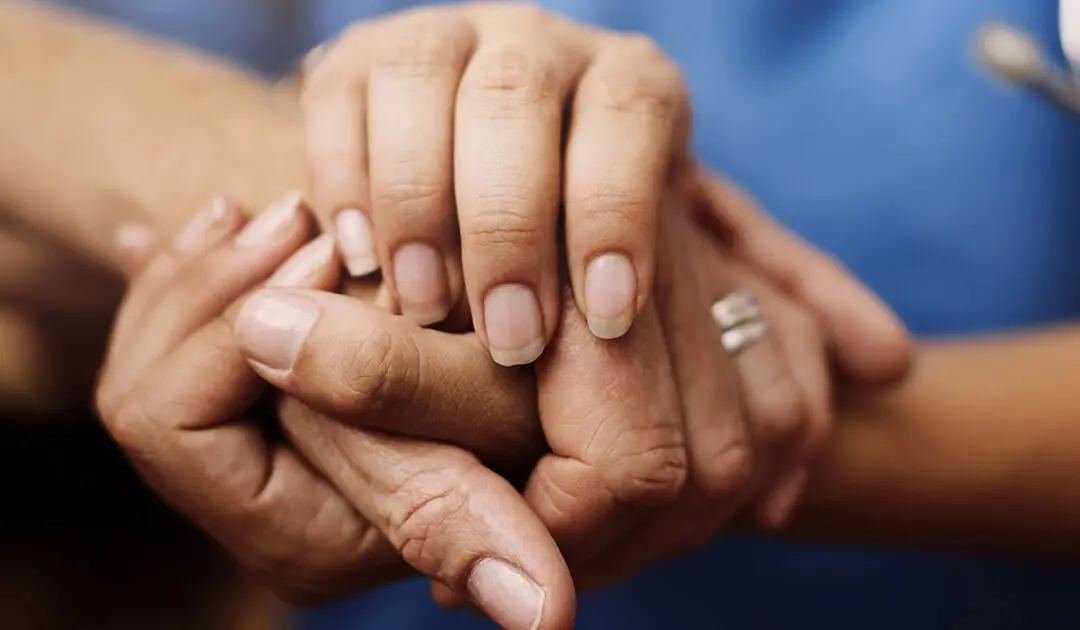The Surprising Science of Practicing Gratitude

A few years ago, psychologists Joel Wong and Joshua Brown asked an interesting question about gratitude, and found their answers in a study they centered around a creative writing exercise. Long identified as a behavior exhibited by healthy and happy individuals, these scientists wondered if the practice of gratitude could be incorporated into the treatment of individuals struggling with mental health concerns—particularly depression and anxiety.
For the study, they recruited around 300 psychotherapy clients to participate in activities that ran in conjunction with ongoing courses of counseling. One group of clients was tasked with writing a gratitude letter to another person for three weeks, a second group was tasked with journaling their deepest reflections on negative experiences, and the third group had no separate writing activity at all.
At the study’s conclusion, the psychologists found that the group who wrote gratitude letters reported they were in better mental health at one month, and then three months, after they’d completed the writing exercise regularly in tandem with psychotherapy. This suggests that a consistent, conscious gratitude practice, even if it’s brief, can amplify the benefits of counseling. The authors of the study also shared a few other takeaways in an article they wrote for UC Berkeley’s Greater Good Science Center:
- When you write about what you’re grateful for, you’re more likely to use positive and inclusive language, which can help shift your cognitive process away from toxic emotions.
- You don’t have to share what you write about gratitude for it to benefit for your mental well-being—the act of putting pen to paper, and choosing positive language over negative, is enough.
- Writing activities can take time to benefit your brain. After scratching out your first gratitude letter, you might not feel an immediate uptick in your positivity—but you will if you stick with it.
- Gratitude benefits your brain in the long term—the scientists used fMRI’s and questionnaires to measure this outcome. They observed that the participants who wrote gratitude letters had more engagement in the medial prefrontal cortex of their brains when they experienced gratitude—in sharp contrast to the participants who didn’t do the gratitude-based writing exercise. Researchers think this may indicate that if you practice gratitude routinely, your brain could become more sensitive to the experience of gratitude, and this could support improvements in your mental health.
These early findings in the study of practicing gratitude dovetail rather neatly with the work of the Raising Grateful Children project at UNC Chapel Hill. Psychologist Andrea Hussong defines gratitude as a four-part experience:
- What we notice in our lives for which we can be grateful
- How we think about why we have been given those things
- How we feel about the things we have been given
- What we do in turn
Challenge Yourself to Practice Daily, Conscious Gratitude
Let’s take it a step further. In a 2015 blog post on practicing gratitude, psychologist Elisha Goldstein issued the following challenge to readers: “I’m curious for you, what would happen if you committed for just one week to a daily gratitude practice where each day you mindfully and actively thought of five to ten things you’re grateful for. When you sit down to consider what you’re actually grateful for, you take a moment to picture each one in your mind and ask yourself, why are you grateful for this? Can you feel the experience of that gratitude in your body?”
Goldstein’s rationale for this practice was surprisingly simple—this conscious practice of gratitude engages more areas of your brain. He paraphrased the late psychologist and pioneer of neuropsychology, Donald O. Hebb: “Neurons that fire together wire together.” Engaging your brain in a meaningful way is as vital to your health as any act of conditioning and nutrition—it has the potential to change your life and the lives of those around you.
Now, back to those gratitude letters we talked about at the beginning of this post. If you’re up for taking Dr. Goldstein’s one-week challenge to engage in a daily, mindful, practice of gratitude, why not start with this activity—since we’ve got some great evidence to support its effectiveness? The Greater Good Science Center gives easy-to-follow, detailed instructions for writing a gratitude letter, as well as tips for sharing your letter with its intended recipient.
Other practices are equally beneficial and easy to incorporate into your daily agenda. The writer of educational blog Mindful Teachers offers a list of gratitude activities for students and staff that includes:
- Form a Gratitude Circle – “Gratitude shared is gratitude magnified.”
- Contribute to a Gratitude Jar – ideal for including shy participants into an uplifting group activity.
- Write a Gratitude Journal – aim for 3 to 5 new things each day, and write down why you’re grateful.
These activities aren’t just ideal for classrooms—think about the group settings that you might encounter as a human services professional, a nurse, a teacher, or even just a family member hosting a holiday gathering, where a collective activity could be beneficial and bonding. Think about the implications of actively practicing gratitude in your daily life—as you strengthen your well-being and cultivate an uplifted outlook, you’ll influence those around you, and those in your care, to do likewise. More than ever, our world needs us each to take a more Supportive Stance℠ with ourselves and with one another—and practicing gratitude is a wonderful way to begin to model the values that perpetuate nonviolence, prevent crisis, and foster lasting healing in our world.
Try it for one week. Keep it going for two. Make room in your agenda for a daily practice of gratitude, and you may find it lasts a lifetime.
Schedule a Consultation
Learn how CPI’s training programs can benefit your organization.
Let's Connect